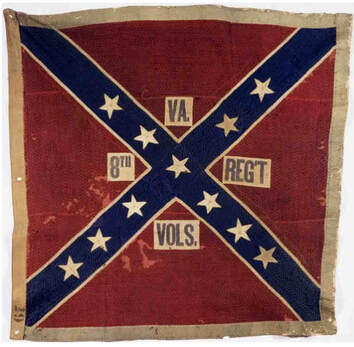 Battle flag of the "Bloody Eighth," also knows as the "Berkeley Regiment." Battle flag of the "Bloody Eighth," also knows as the "Berkeley Regiment." The designation “8th Virginia Regiment” was used three times in two wars for non-militia units: twice in the Revolution and once in the Civil War. The existence of three regiments of the same name sometimes causes confusion for researchers and genealogists. This confusion is exacerbated by the fact that two of them were recruited in overlapping territory and the third was recruited nearby. This post is intended to make it easy to distinguish among them, and to provide a little bit of service history. In the French and Indian War, Virginia had one "Virginia Regiment," notably commanded for part of the war by George Washington. The was (briefly) a 2nd Virginia Regiment, as well. In the Revolution, the Old Dominion had 15 numbered regiments. In the Civil War it had 64. The Original 8th Virginia, 1776-1778
Most of the men in the original regiment signed up for two-year enlistments that ended in the spring of 1778 at Valley Forge. That, combined with casualties and weak recruiting, left the regiment significantly understrength when it marched out of Valley Forge. At the Battle of Monmouth, it was provisionally combined with the 4th and 12th regiments, which were also understrength, as the “4th-8th-12th Virginia Regiment.” The 4th, the 8th, and the 12th had all served together in Charles Scott’s brigade since the spring of 1777. The “New” 8th Virginia of 1778-1779
In October of 1777, after Germantown but before the Valley Forge encampment, George Slaughter was promoted to become the new major of the 12th Virginia. He had, up until that time, been a captain in the original 8th Virginia. He resigned in November to deal with a family emergency. In January, he was succeeded by Jonathan Clark, who likewise had until that time been a captain in the original 8th Virginia. When the 12th was redesignated in September of 1778, it’s field officers were Col. John Neville, Lt. Col. Charles Fleming, and Maj. Jonathan Clark. It continued in service until 1779 when the line was reorganized again. The Confederate 8th Virginia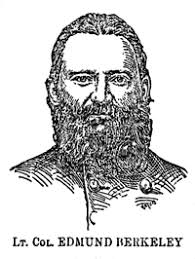 Another 8th Virginia Regiment was authorized by the Governor of Virginia in May of 1861 for service in the Confederate Army. It was led by Col. Eppa Hunton, Lt. Col. Charles Tebbs, and Maj. Norborne Berkeley. Major Berkeley was named in honor of Gov. Norborne Berkeley (1718-1770), a popular late-colonial governor. Berkeley, the regiment's best-remembered commander, was a graduate of VMI from Aldie, Loudoun County. Three of his brothers also served as officers in the regiment, leading it to sometimes be called the “Berkeley Regiment.” (It did not recruit in Berkeley County (named for the governor), as is sometimes assumed.) It was also called the “Bloody Eighth” because of its hard service. The Civil War 8th Virginia’s original companies and captains were Company A, the “Hillsboro Border Guards,” raised in Loudoun County and led by N.R. Heaton; Company B, the “Piedmont Rifles,” raised at Rectortown in Fauquier County and led by Richard Carter; Company C, the “Evergreen Guards,” raised in Prince William County and led by Edmund Berkeley; Company D, “Champe’s Rifles,” raised at Haymarket in Prince William County and led by William Berkeley; Company E, “Hampton’s Company,” raised at Philomont in Loudoun County and led by Mandley Hampton; Company F, the “Blue Mountain Boys,” raised at Bloomfield in Loudoun County and led by Alexander Grayson; G Company, “Thrift’s Company,” recruited at Dranesville in Fairfax County and led by James Thrift; H Company, the “Potomac Grays,” raised at Leesburg in Loudoun County and led by Capt. Morris Wampler; Company I, “Simpson’s Company,” raised at Mount Gilead and North Fork in Loudoun County and led by James Simpson, and Company K, “Scott’s Company,” raised in Fauquier County and led by Robert Scott.
In 1905, Edmund Berkeley wrote a poem to welcome Union veterans to a reunion at the Manassas Battlefield that is notable for the grace shown to men who had fired at him on that very field. It was published by the Society of the Army of the Potomac in the report on its fortieth reunion.
O Lord of love, bless thou to-day This meeting of the Blue and Gray. Look down, from Heaven, upon these ones, Their country's tried and faithful sons. As brothers, side by side, they stand, Owning one country and one land. Here, half a century ago, Our brothers' blood with ours did flow; No scanty stream, no stinted tide, These fields it stained from side to side, And now to us is proved most plain, No single drop was shed in vain; But did its destined purpose fill Of carrying out our Master's will, Who did decree, troubles should cease And his chosen land have peace; And to achieve this glorious end We should four years in conflict spend; Which done the world would plainly see Both sides had won a victory. And then this reunited land In the first place would ever stand Of all the nations, far and near, Or East or Western hemisphere. Brothers, to-day in love we've met, Let us all bitterness forget, And with true love and friendship clasp Each worthy hand in fervent grasp And in remembrance of this day Let one and all devoutly pray: That when our earthly course is run And we, our final victory won, Together we'll pass to that blessed shore That ne'er has heard the cannon's roar; And where our angel comrades stand To welcome us to Heaven's bright strand.
8 Comments
Linette
12/15/2023 08:26:23 am
Great article.
Reply
Revely B Carwile, Jr.
12/15/2023 08:37:45 am
After Gettysburg, the 8th Va. Inf. was stationed at Richmond. Over 100 men, most of them conscripts, from Campbell Co. were enlisted into the 8th at Richmond. These and other additions were done to make the 8th a viable, effective combat regiment.
Reply
Ron Lawson
12/15/2023 10:33:34 am
This is a great summary. I am with a small reenactment unit here in Nebraska that portrays Woods Regiment. Thus the "new" 8th VA so I am always interested in your posts. The outline above is a good summary, and of course there is always more to the story. When I joined the unit I was told the 12th Va existed unntil it was surrendered at Charleston. And in many respects this is also true, as a company or two was captured there. And what I have found in looking at the history of the men of the 12th (8th) is that it seems individual companies more or less intact, though with new recruits of course managed to survive though as part of larger commands. For example the company of Andrew Wallace that escaped Waxhaws then fought at Cowpens and Guildford and beyond, and had a solid number of actual original 12th/8th men. From what I can see in the returns listed in Lesser's "Sinews of Independence" the 8th is listed under Gist in for Jan 1780 on page 148 and for April 1780 in the footnotes on 163 as part of the 3rd VA detachment. Keep up the great work!
Reply
Gabe Neville
12/16/2023 03:52:05 pm
If your group has put together a history of the 12th, I would love to see it. I saw a pension claiming service under Gist recently which didn't seem to make sense--I'll follow up on this. Does your group have a website?
Reply
Dr. Dick Riva
12/15/2023 11:40:36 am
My 4x Great Grandfather was Abraham Kirkpatrick. He fought at Brandywine.
Reply
Gabe Nevile
12/16/2023 03:50:20 pm
Rick--
Reply
Timothy Ashby
12/28/2023 09:23:29 am
My 4X Great Grandfather was Private George Ashby, who served in the 8th VA´s rifle company and was at Brandywine and Germantown. He was wounded in the leg during the siege of Ft Mifflin and mustered out at Valley Forge in 1778 (honorable discharge). George´s father (Henry Ashby) was a lieutenant in the VA colonial militia and his grandfather, Thomas Ashby was a militia captain. George´s uncle, Capt. John Ashby, served under Washington during the Braddock campaign and earned the enduring loyalty of Daniel Morgan (a teamster on the expedition) for rescuing him from a severe whipping ordered by a British officer for insubordination.
Reply
Lynette Dunn
4/21/2024 10:38:32 am
My 4th GG apparently served in this Reg as Fold3 shows his pay stubs, etc for the two years. Robert Dunn Sr. from Berkeley Co. (Wife Elizabeth Stephenson, daughter of a Richard.) She’s buried in LaRue, KY. Seeking his burial information. Some rumor he was lost at sea, 115th Navy in 1820. But he would have been 80 yo. TYIA
Reply
Leave a Reply. |
Gabriel Nevilleis researching the history of the Revolutionary War's 8th Virginia Regiment. Its ten companies formed near the frontier, from the Cumberland Gap to Pittsburgh. Categories
All
Archives
June 2024
© 2015-2022 Gabriel Neville
|
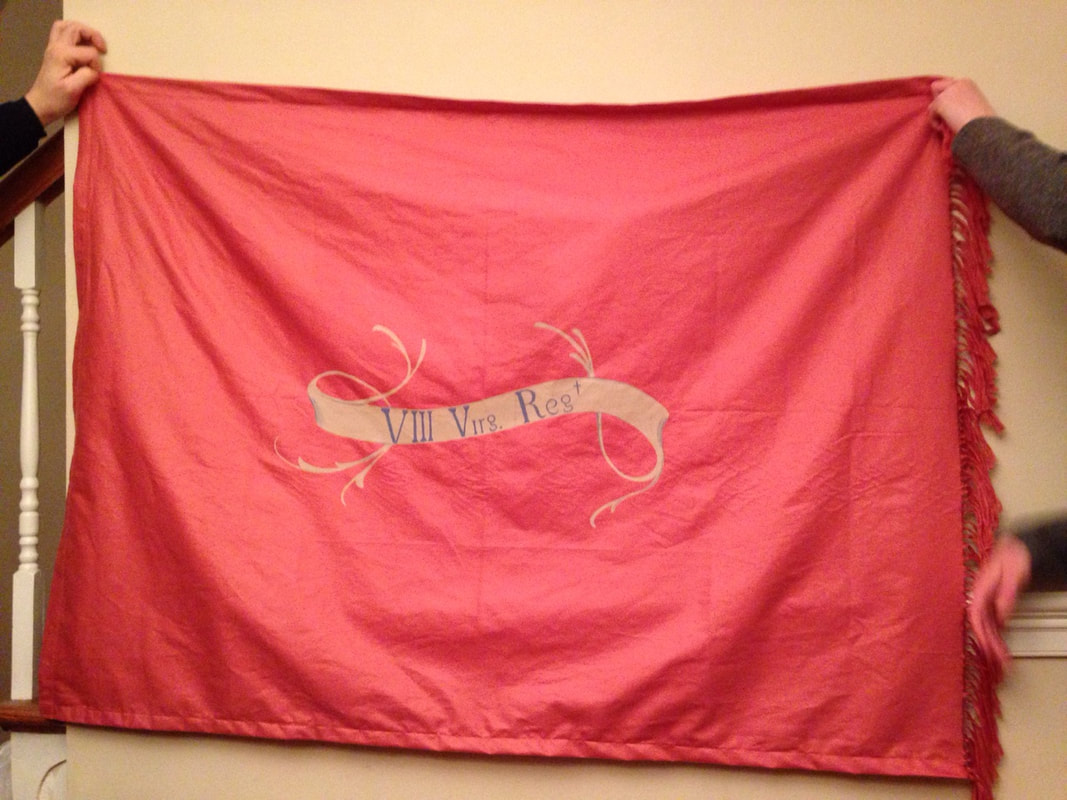
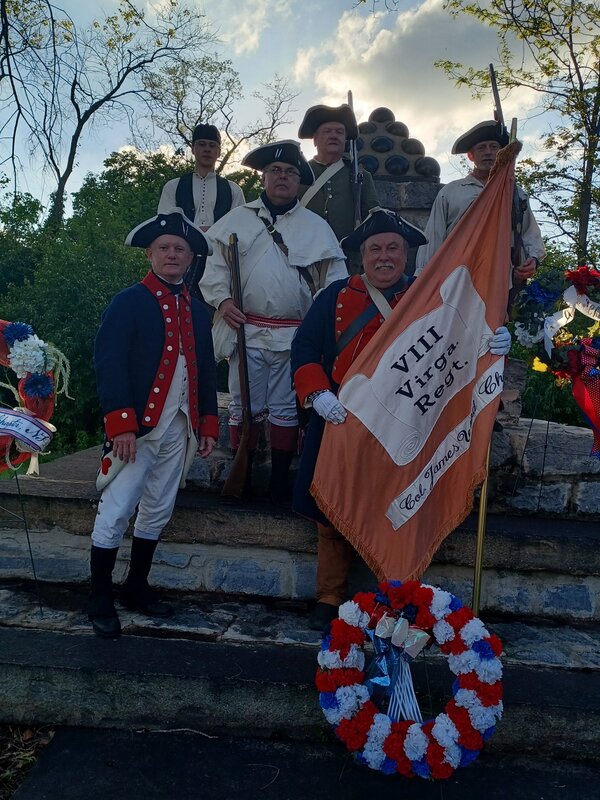
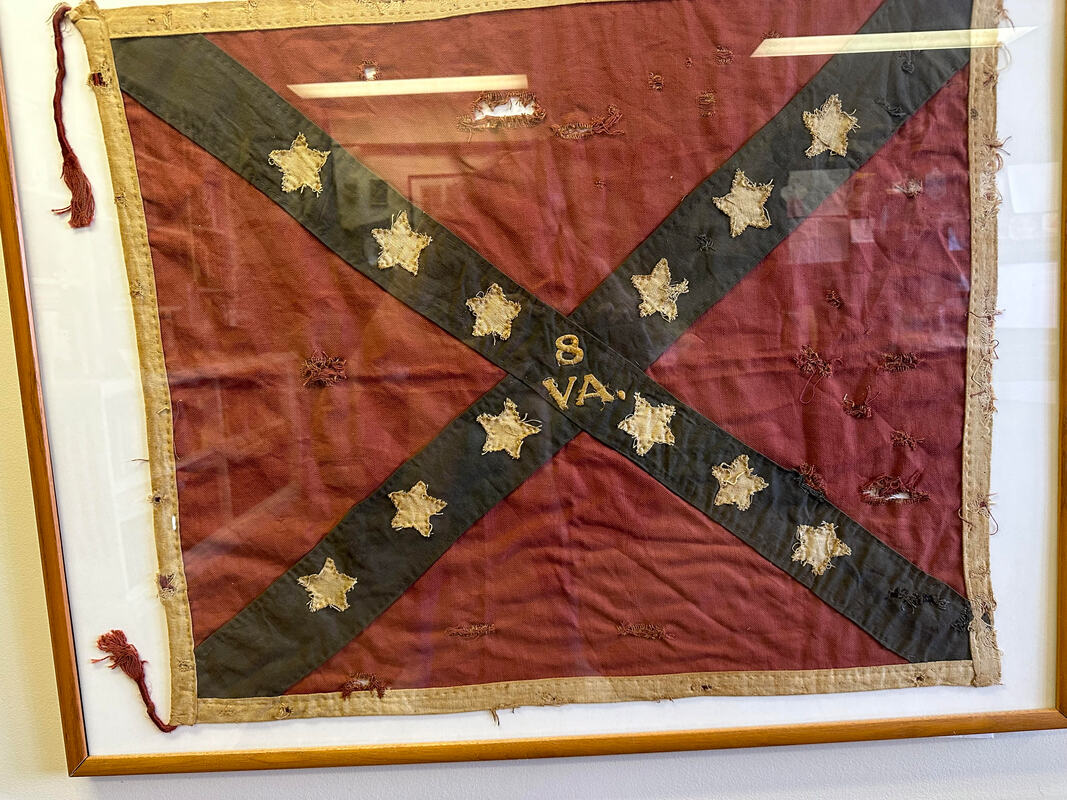
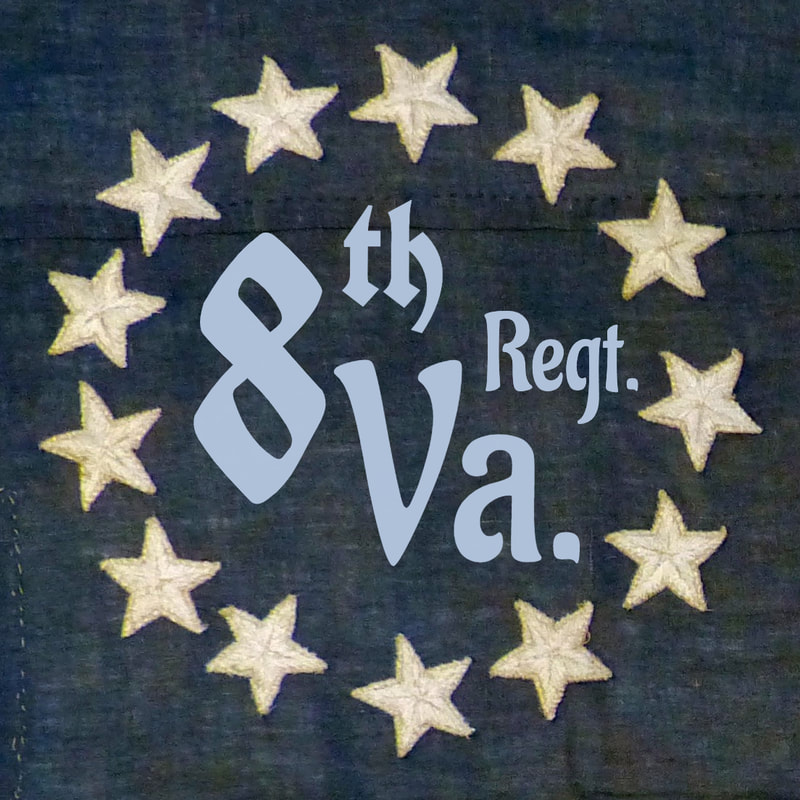
 RSS Feed
RSS Feed